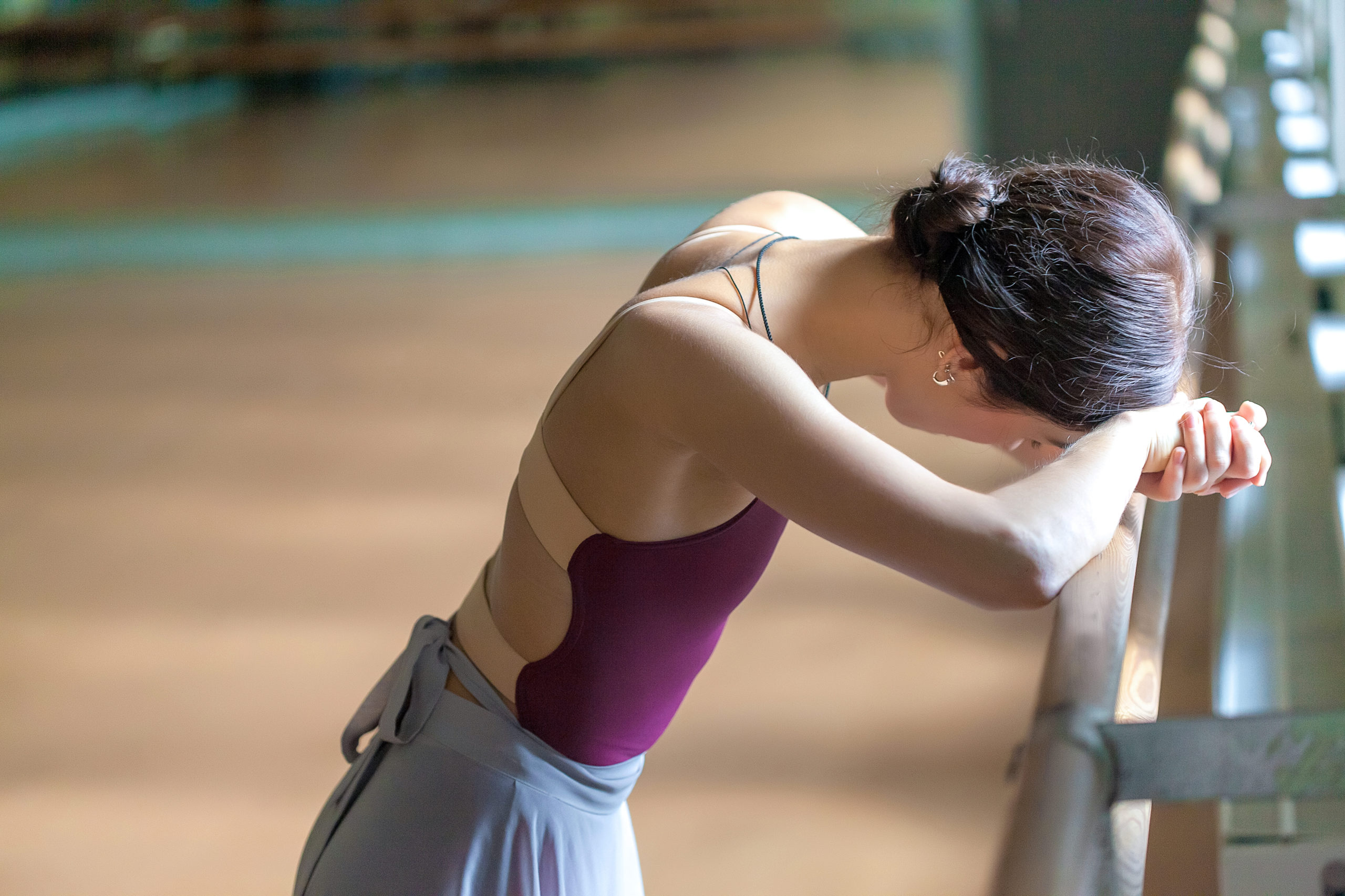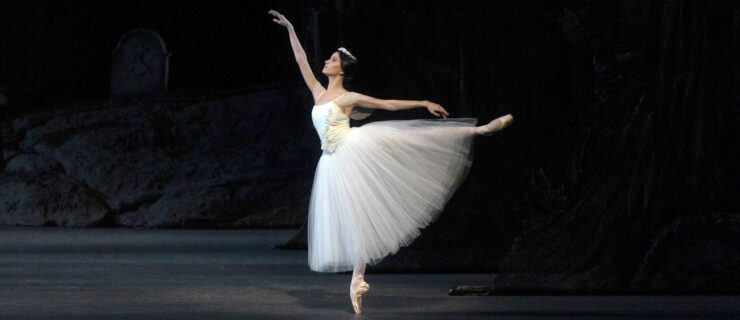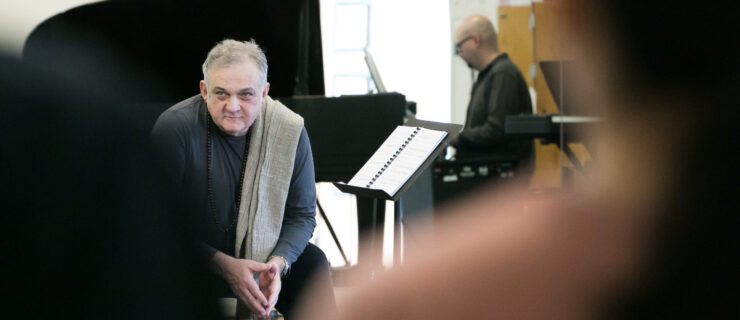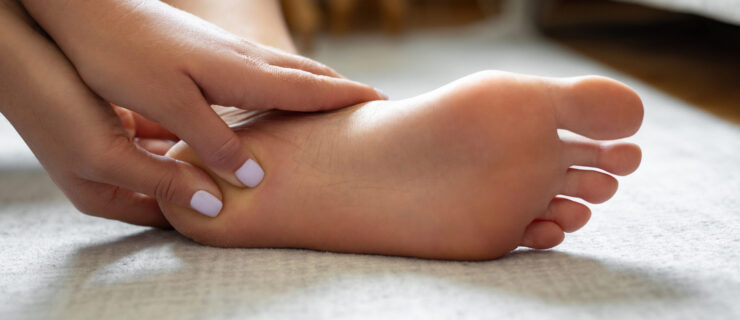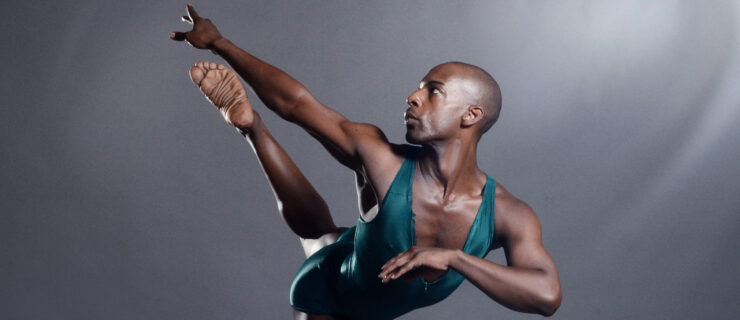How Under-Fueling can Lead to RED-S—Relative Energy Deficiency in Sport
The physical demands of dance are intense. When they’re not supported properly with enough energy from food, dancers run the risk of developing RED-S, or relative energy deficiency in sport. Though the term wasn’t introduced until 2014, it’s a broadening of an older condition you may have heard of: the female athlete triad, which deals with menstrual irregularities, bone health issues and disordered eating.
Now, experts are urging dancers of all genders to be aware of RED-S, which can be caused by chronic under-nutrition. Often, this happens by accident if you don’t realize how much or how often you should be eating, or it can be more intentional if you are worried about your weight or physical appearance. Regardless, these eating patterns can negatively affect dancers’ performance and be dangerous to their overall health. Here’s what you need to know.
What Is RED-S?
Put simply, RED-S happens when athletes don’t get enough energy from food to meet the demands of their training. The condition was renamed from the “female athlete triad” based on scientific evidence that it affects athletes of all genders and includes consequences beyond its three original elements.
“RED-S really affects every body system, beyond just menstrual and bone health. It can affect your heart, your digestion and your mental health,” says Monika Saigal, a registered dietitian who specializes in working with dancers and in the prevention and treatment of eating disorders. If you suspect you may be under-fueling, it’s something to take seriously because of the long-term health consequences, says Dr. Nicky Keay, exercise endocrinologist, dancer and author of the book Hormones, Health and Human Potential. “I know that dancers want, above all else, to be able to perform. But you have to have health in order to perform,” she says.
Signs and Symptoms
You might think that if you can make it through all your classes, rehearsals and performances, then there’s no way you could be experiencing RED-S. Unfortunately, that’s not true, says Keay. “From an evolutionary perspective, our bodies prioritize movement over all other requirements,” she explains. “If a saber-toothed tiger comes toward you, you want to be able to move fast and run away. So your body will use the energy you take in from your food, for example, to get through allégro in ballet class. But if you didn’t have much energy in the first place, then that’s going to eat away at the energy you need to just stay healthy.”
In fact, in the early stages of RED-S you may feel a false sense of energy, like a car running on fumes. “Don’t be fooled,” warns Keay. “It’s not a good idea to continue with the warning light on.” Because RED-S affects so many body systems, the symptoms can be varied and may be subtle at first, such as a general feeling of fatigue, an injury that just won’t heal, or mood changes, like increased anxiety and depression. More serious symptoms include hormonal changes, like an irregular or absent period or the loss of a morning erection. Stress fractures are another major sign, especially repeated ones.
If You Think You’ve Developed RED-S
First things first: Get in touch with your doctor, as well as a registered dietitian, who can give you personalized advice about what to eat and when, and help you identify and address factors that are contributing to under-fueling. Anything from a busy schedule to diet-culture–based misinformation about food to a lack of financial resources can be at play, says Saigal.
It’s also important to understand that every body is different. What works for a friend may not work for you, says Keay, even if you have identical schedules. Be honest with yourself about how much you’re eating, she says: “If you aren’t feeling right, do a check-through. Ask yourself: ‘Did I skip a snack between classes? Did I not have enough for breakfast?’ ”
According to Saigal, planning ahead is key. “There’s a difference between being intuitive and being strategic with your eating, and dancers often need a mix of both,” she says. “You may not be hungry during a break, but if your next break isn’t for several more hours, you need to eat anyway.” Look at your schedule, find opportunities to eat, and pack quick, easy snacks that you enjoy. Physical activity can also blunt hunger cues, so be aware that your level of hunger may not indicate the amount of nutrition you really need.
